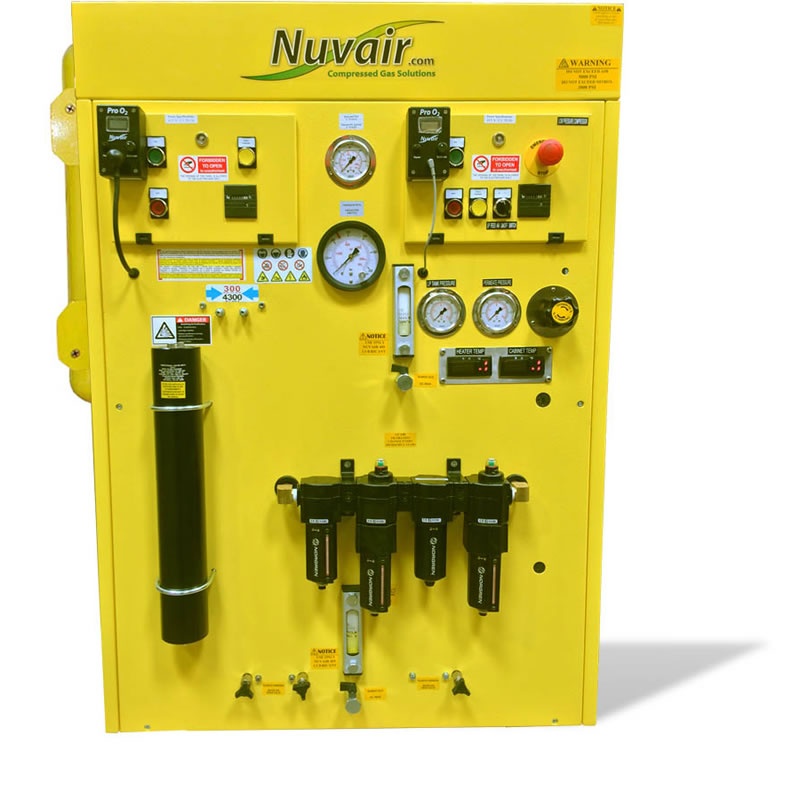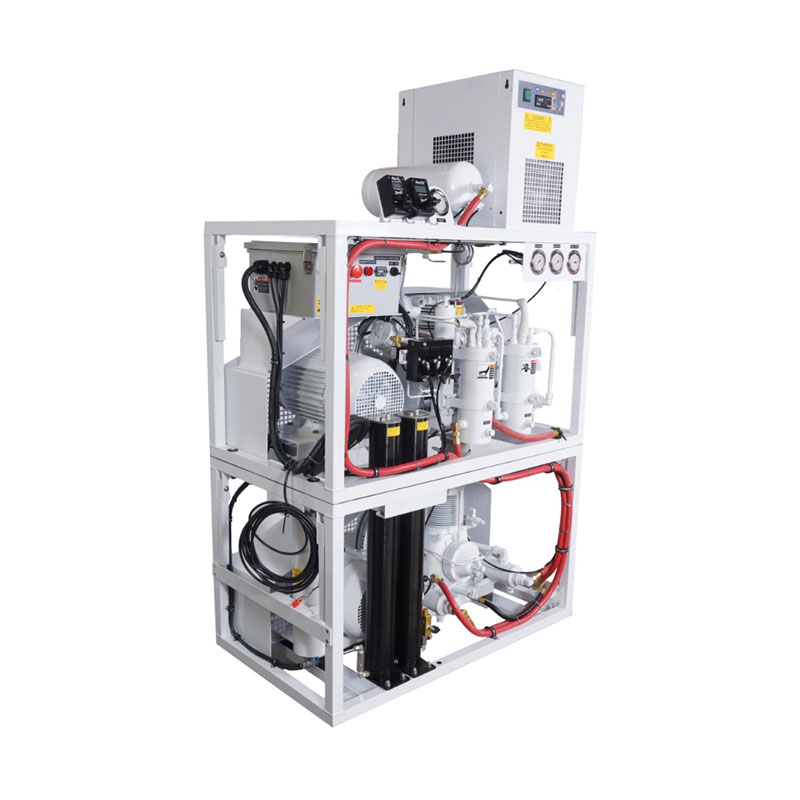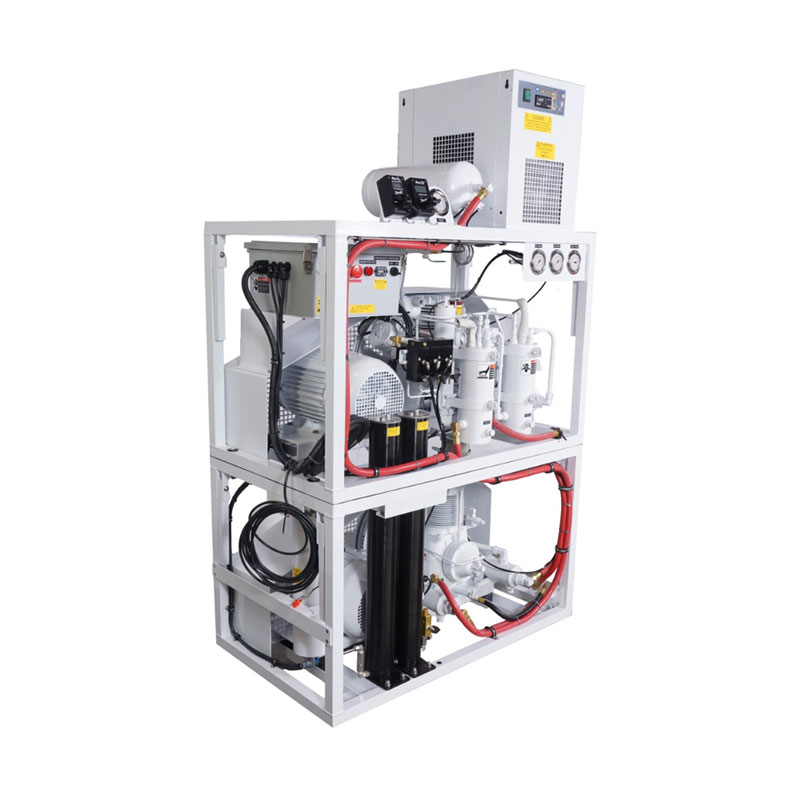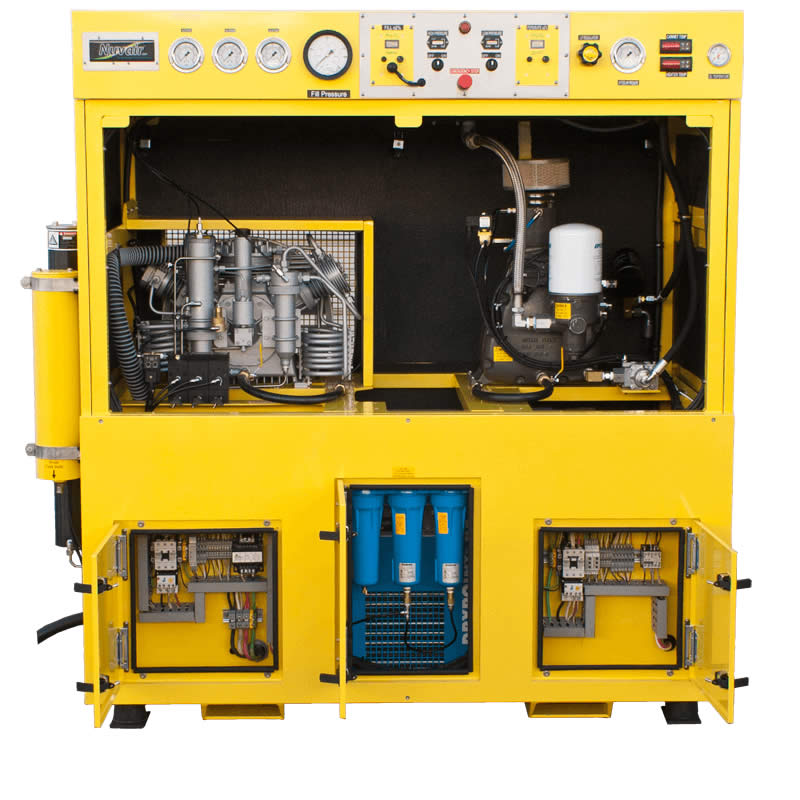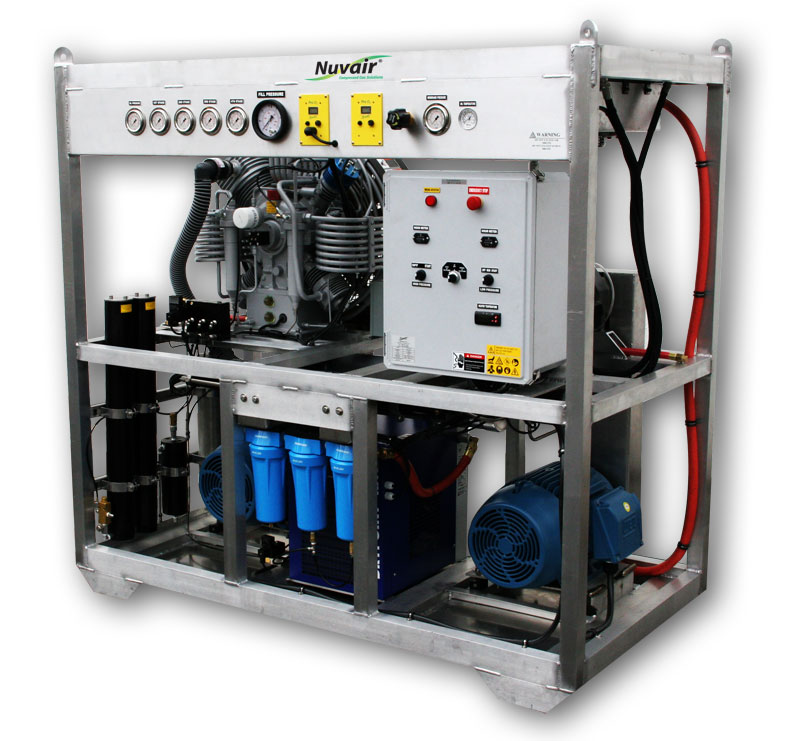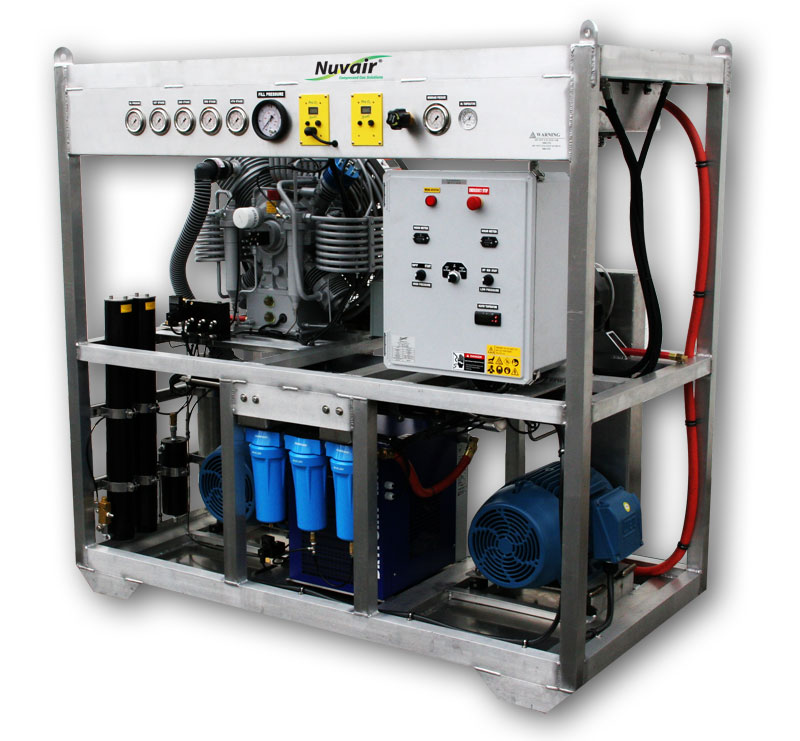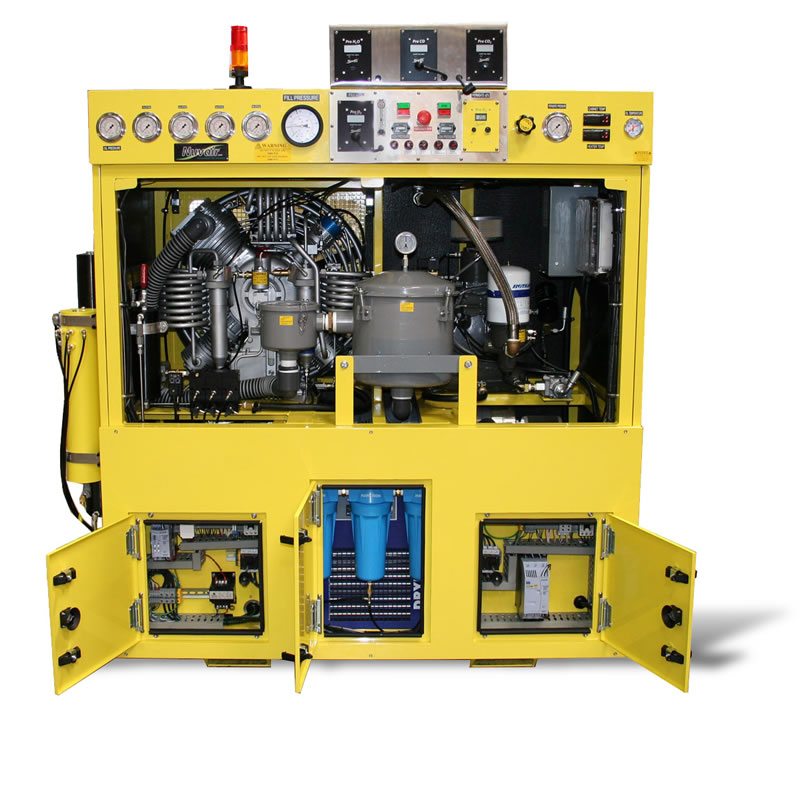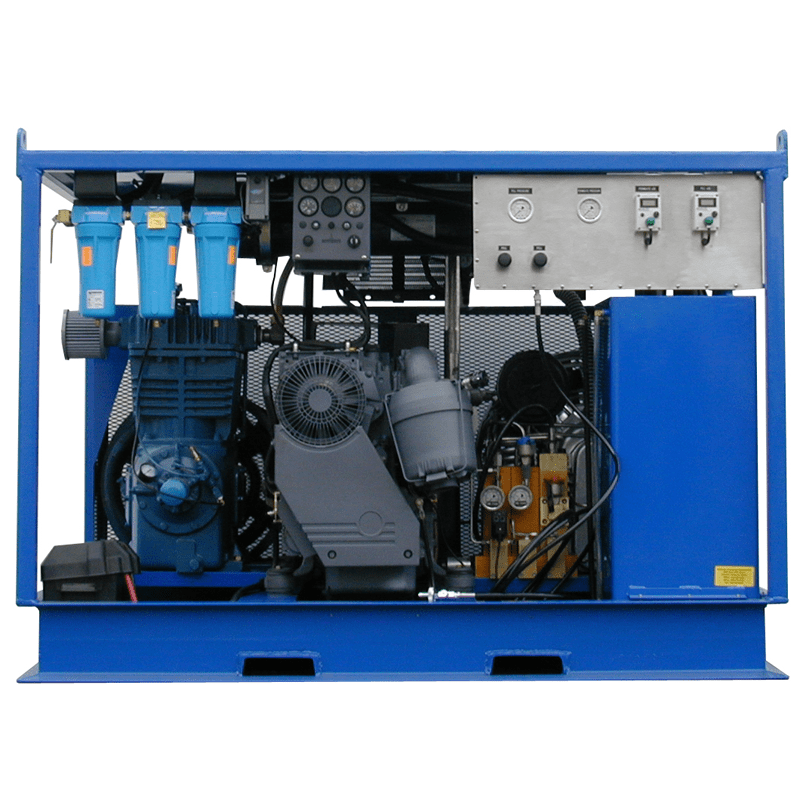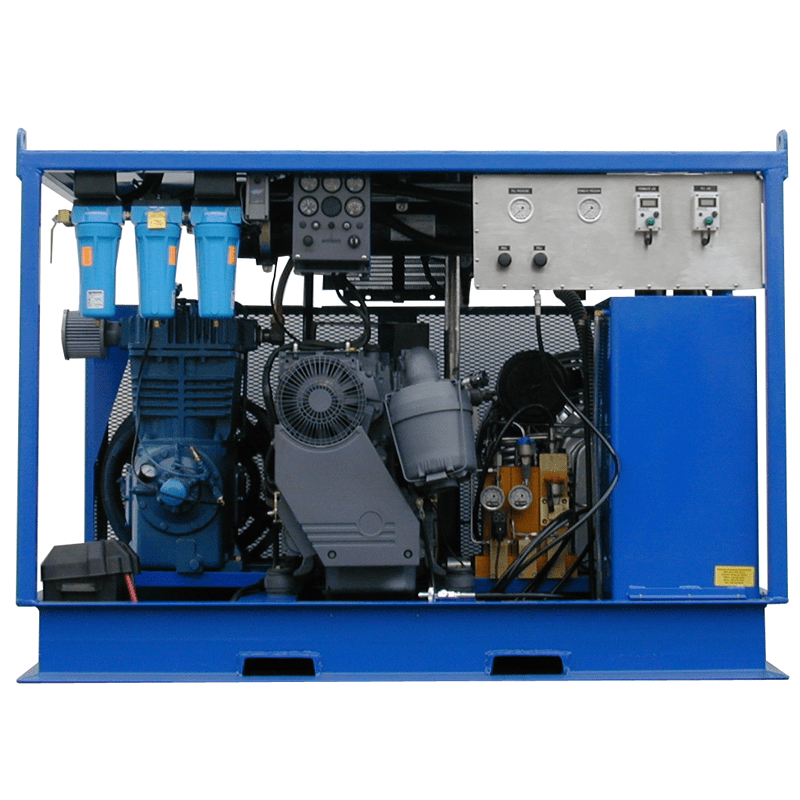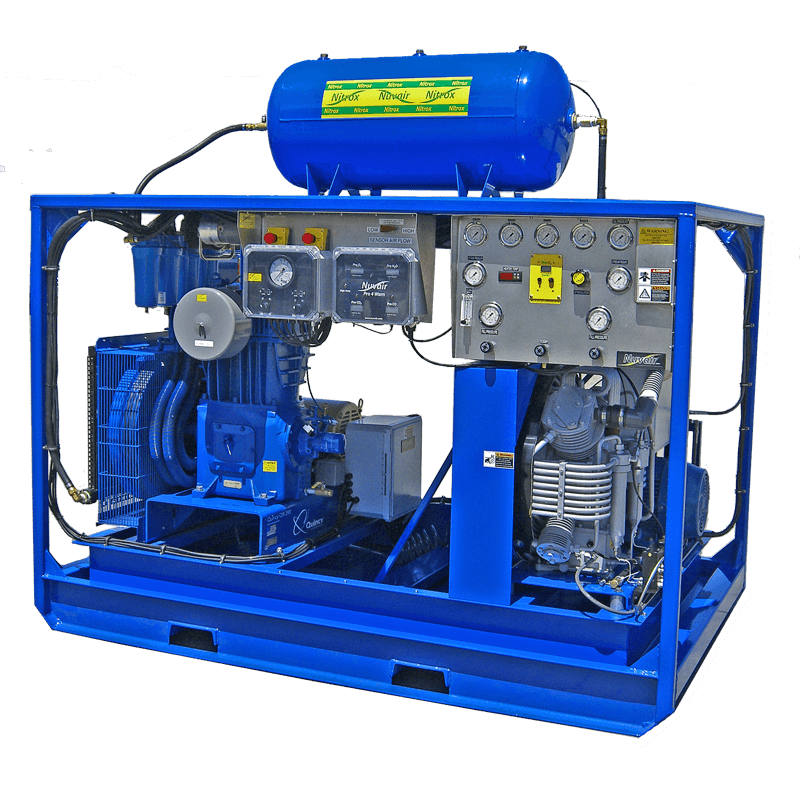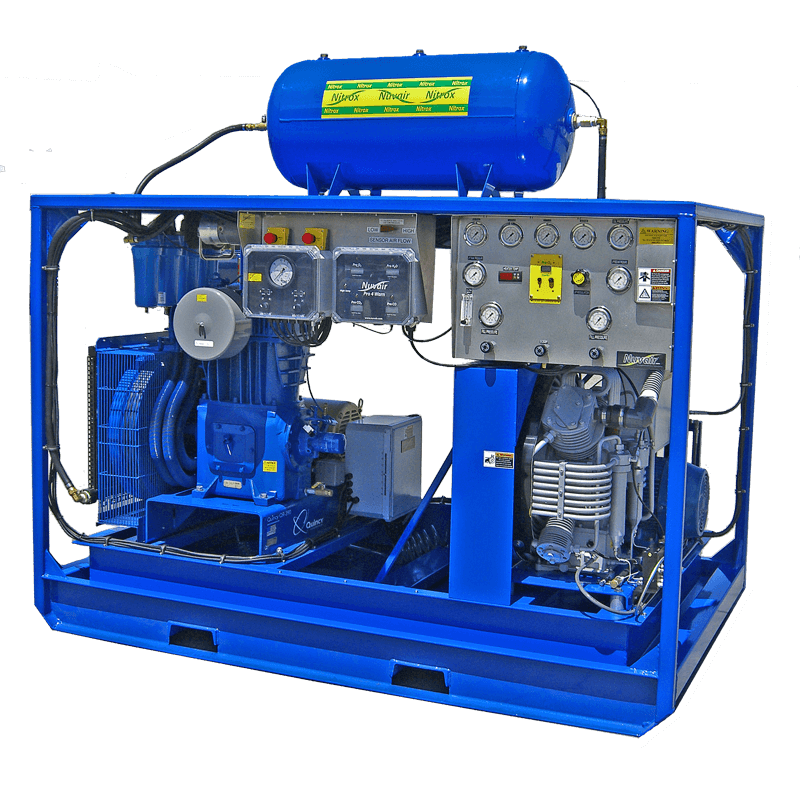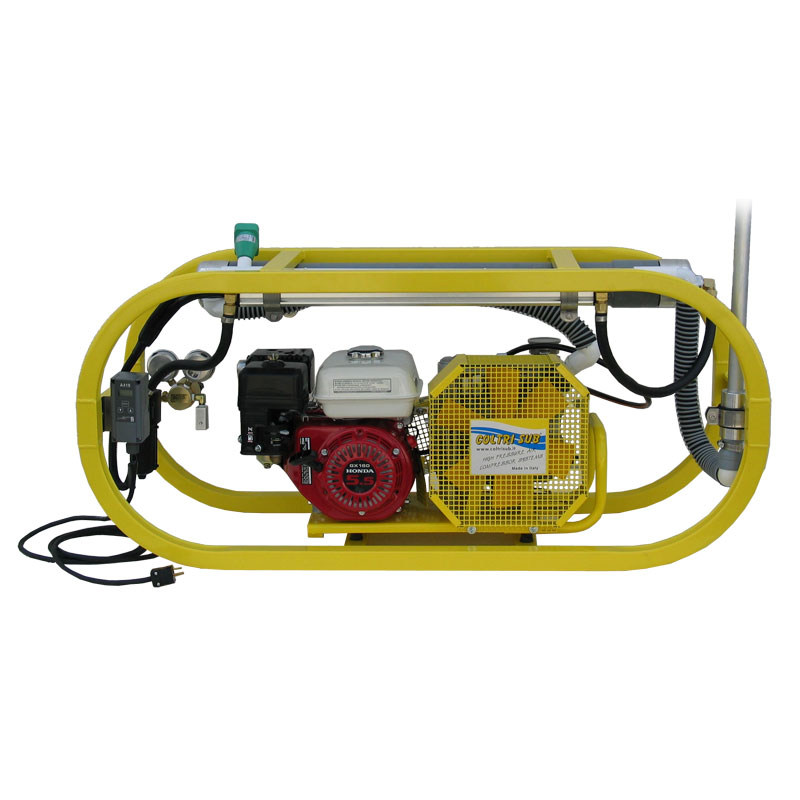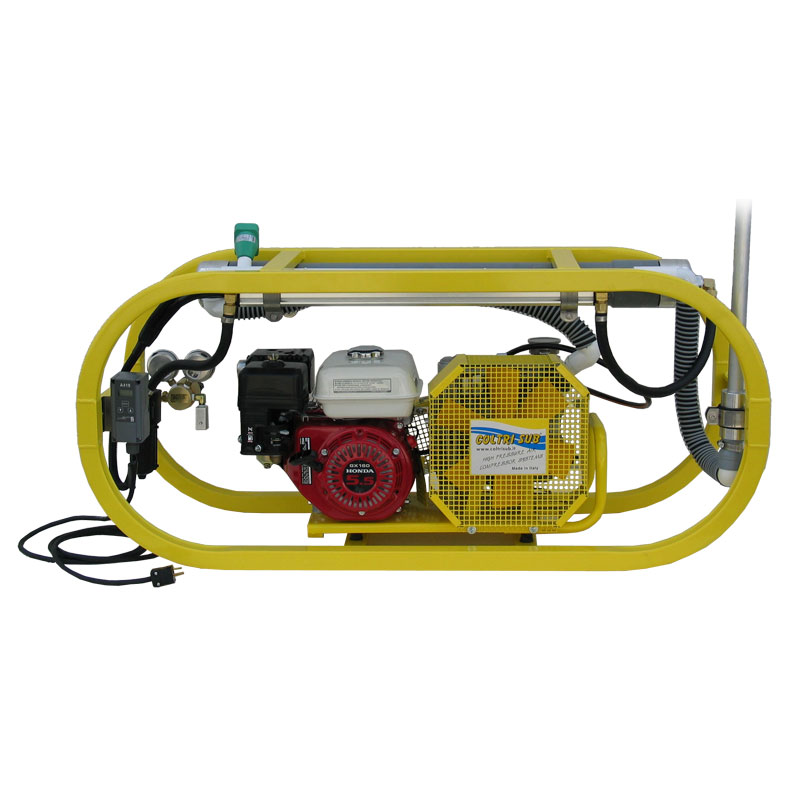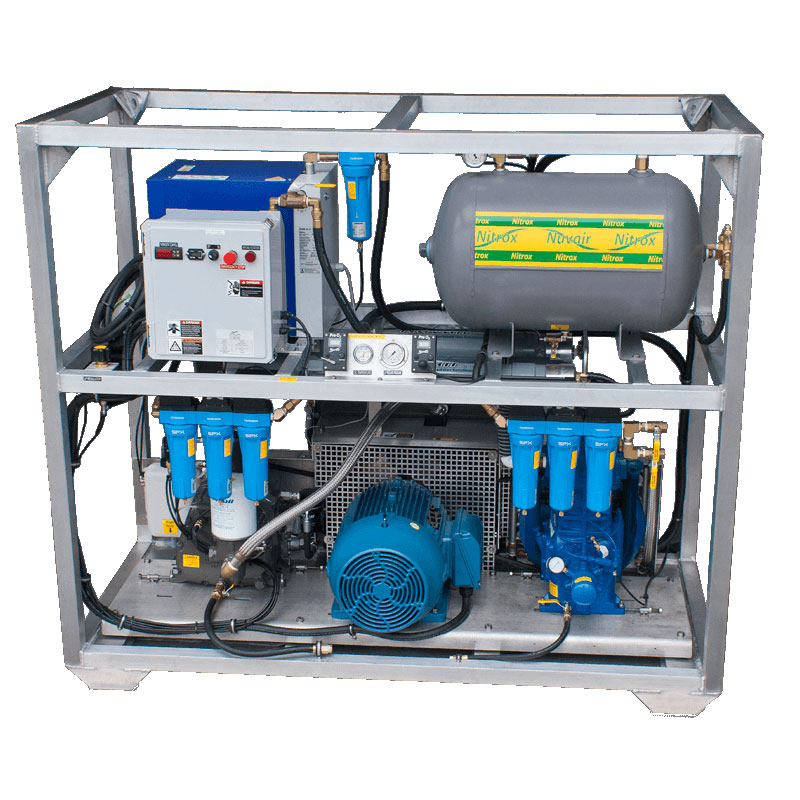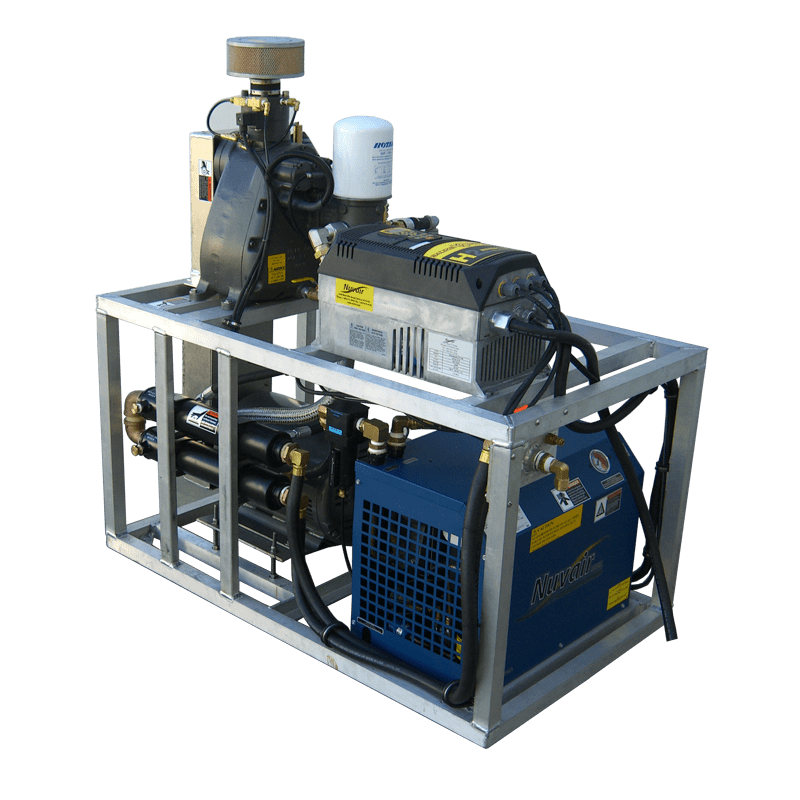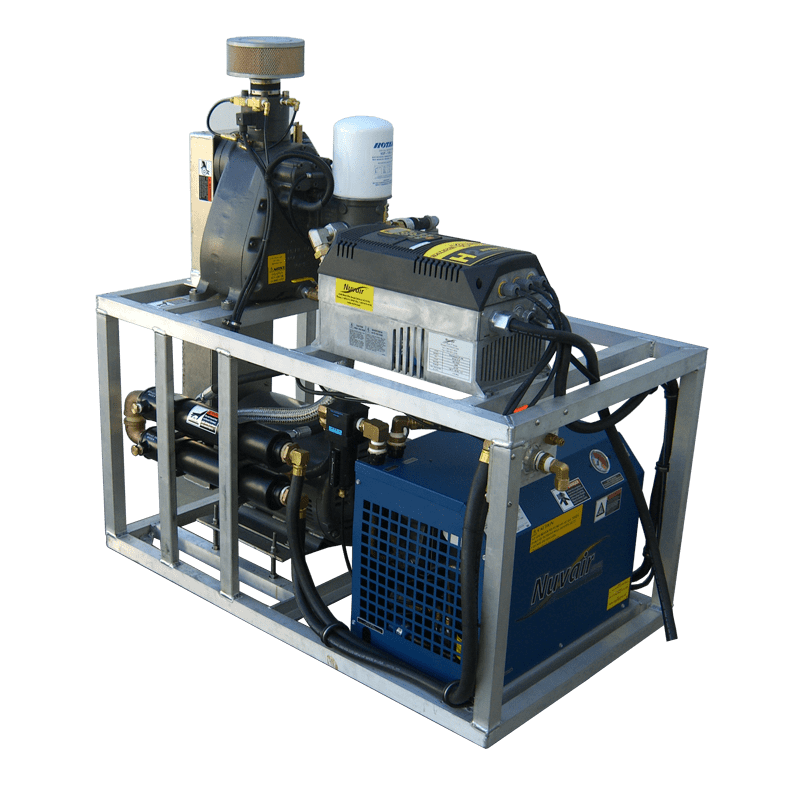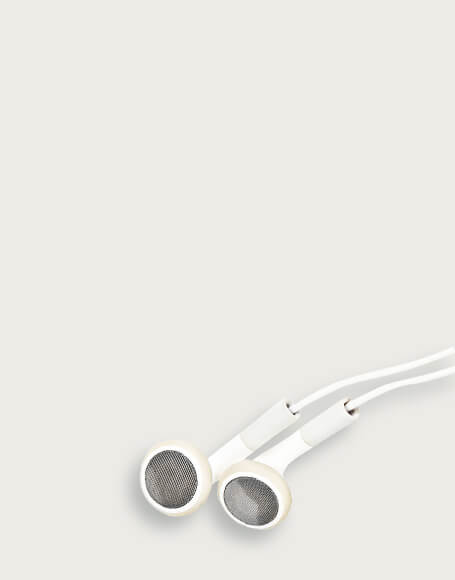Voyager I Nitrox Generator · Discontinued
NUVAIR VOYAGER I DISCONTINUED. We regret to inform you that we have reached a difficult decision regarding the Voyager I. After careful consideration, we have decided to discontinue its production and availability. SUGGESTED REPLACEMENT: NUVAIR VOYAGER II (SKU 7044 - see link below).
NUVAIR VOYAGER I DISCONTINUED. We regret to inform you that we have reached a difficult decision regarding the Voyager I. After careful consideration, we have decided to discontinue its production and availability. SUGGESTED REPLACEMENT: NUVAIR VOYAGER II (SKU 7044 - see link below).
Details on the Discontinued Nuvair Voyager I
The Nuvair Voyager I Nitrox System is a turnkey package that produces oxygen rich air (nitrox) and compresses the nitrox mixture with a high pressure (HP) compressor to fill scuba tanks or storage cylinders. The package is designed to be fully automatic, with a quieted enclosure for noise reduction and protection from moving parts while it is running.
The Nuvair Voyager I uses a reciprocating piston low pressure (LP) compressor, air aftercooler, volume tank, and filtration to provide the membrane system with a source of clean, pressurized feed air for separation. The air is filtered to CGA Grade D or better air quality prior to entering the membrane system so it will not damage or plug the membrane fibers. Specifications for Grade D air are provided in the appendix of the Voyager I User Manual.
The Voyager I allows for efficient and cost effective nitrox production using electric power without the hazards or expense of blending with stored high-pressure oxygen (O2). The Voyager I membrane system is rated for a maximum feed air pressure of 300 psi (21 bar) and has been configured to work well with the 175 psi (12 bar) maximum pressure delivered by the LP compressor. A feed air pressure regulator reduces the pressure to appropriate levels for various oxygen percentages in the enriched air nitrox (EANx) production. The air is then heated to a temperature that provides stability over a wide range of ambient conditions, is optimal for membrane permeation, and prevents moisture condensation.
The heated air enters the membrane, which is made up of thousands of miniature hollow fibers. The walls of these fibers are semi-permeable and designed for different gases to move through them (or permeate) at different speeds. The resulting gas mixture is known as the "permeate." As air flows through the hollow fibers, both oxygen and nitrogen permeate through the fiber walls. The oxygen permeates faster than the nitrogen, which produces permeate with an oxygen content greater than air.
The gas that reaches the end of the hollow fibers without permeating is almost entirely nitrogen and is discharged. The flow rate of this discharge is set by the factory via a fixed orifice, which controls the permeate to contain a constant 44% oxygen (EANx44) under normal operating conditions. The permeate is a concentrated mixture that must be diluted with additional air prior to entering the high-pressure (HP) compressor. It exits the membrane at ambient to slightly negative pressure and travels into the mixing tube, where it mixes homogeneously with filtered outside air.
The amount of dilution—and thus the final percentage of oxygen in the nitrox blend—is obtained by adjusting the feed air pressure regulator. As pressure is increased, permeate flow increases, air flow decreases, and a higher percentage of oxygen in the nitrox mix is produced. As pressure is decreased, permeate flow decreases, air flow increases, and a lower percentage of oxygen in the nitrox blend is produced. This relationship between permeate flow and air flow exists because the total of these two flow rates will always equal the intake flow rate demanded by the HP compressor. The resulting nitrox mixture is analyzed for oxygen percentage before entering the HP compressor for approximate content and again when pumping nitrox for precise content. The HP compressor pumps the nitrox to a maximum pressure of 3600 psi (250 bar) to fill scuba tanks or storage cylinders.
A unique feature of Nuvair Nitrox Systems is that the feed air pressure that correlates to a specific nitrox oxygen percentage is repeatable. For example, if your HP compressor pumps EANx36 when the feed air pressure is at 125 psi (9 bar), adjusting the feed air pressure regulator to 125 psi (9 bar) during the next use will produce the same mixture. Although it is described as a "nitrox compressor," it can also be used to pump air.
Features
- Fully featured for automatic operation
- 10 CFM Nuvair Membrane System
- Two (2) O2 analyzers (permeate and fill O2 analyzer)
- Electric power (single- and three-phase)
- High-pressure (HP) compressor pumps air to 4500 psi (310 bar); nitrox to 3600 psi (250 bar)
- Low-pressure (LP) compressor pumps air to 175 psi for membrane supply
- Norgren LP air filtration
- Automatic dial-a-pressure shutdown
- Automatic LP/HP condensate drains
- Cabinet Temperature Gauge
- Push Button on/off motor starters
- LP and HP hour meters
- External oil sight Gauge, fill and drain
- Cooling fans
- High cabinet temperature shutdown
Advantages
- Complete state-of-the-art LP/HP nitrox generating system
- Pump HP air or nitrox containing up to 40% oxygen (EANx40)
- None of the costs, hassles, or hazards of oxygen blending
- Simplest, most cost-effective solution available
- Semi-silenced enclosure reduces operating noise
Options
- Trimix
- Low oil shutdown
- HP filtration upgrades
- LP refrigerated air dryer for extended LP filter life
- Carbon monoxide (CO) analyzer with alarm
- HP interstage pressure gauges
Specifications
| Physical Specifications | Length Width Height Weight |
49 in (125 cm) 38 in (97 cm) 52 in (133 cm) 840 lb (382 kg) |
|---|---|---|
| Full Load Amps | 208-230V / E1 / 60Hz* 208-230V / E3 / 60Hz 440-480V / E3 / 60Hz 208-230V / E3 / 50Hz 380-415V / E3 / 50Hz |
56.4A / 5.5 hp (4.0 kW) SKU 7050.1 |
| LP Compressor | Capacity @ 175 psi (12 bar) Horsepower - Electric |
23 CFM (665 L/min) 7.5 hp (5.5 kW) |
| Volume Tank | Capacity | 15 gal (57 L) |
| Membrane Input | Operating Pressure Supply Air Volume Optimum Temperature |
90-170 psi (6-12 bar) 13-25 SCFM (354-708 L/min) 110 ±5°F (43 ±3°C) |
| HP Nitrox Compressor | Fill Time¹ Charging Rate¹ CFM FAD Horsepower - Electric |
~9 minutes 11.3 SCFM (320 L/min) 9.4 CFM (266 L/min) 7.5 hp (5.5 kW) |
*Only available with 2 x 5.5 hp motors.
¹Fill time based on 80 cu ft cylinder from 500 to 3000 psi.


